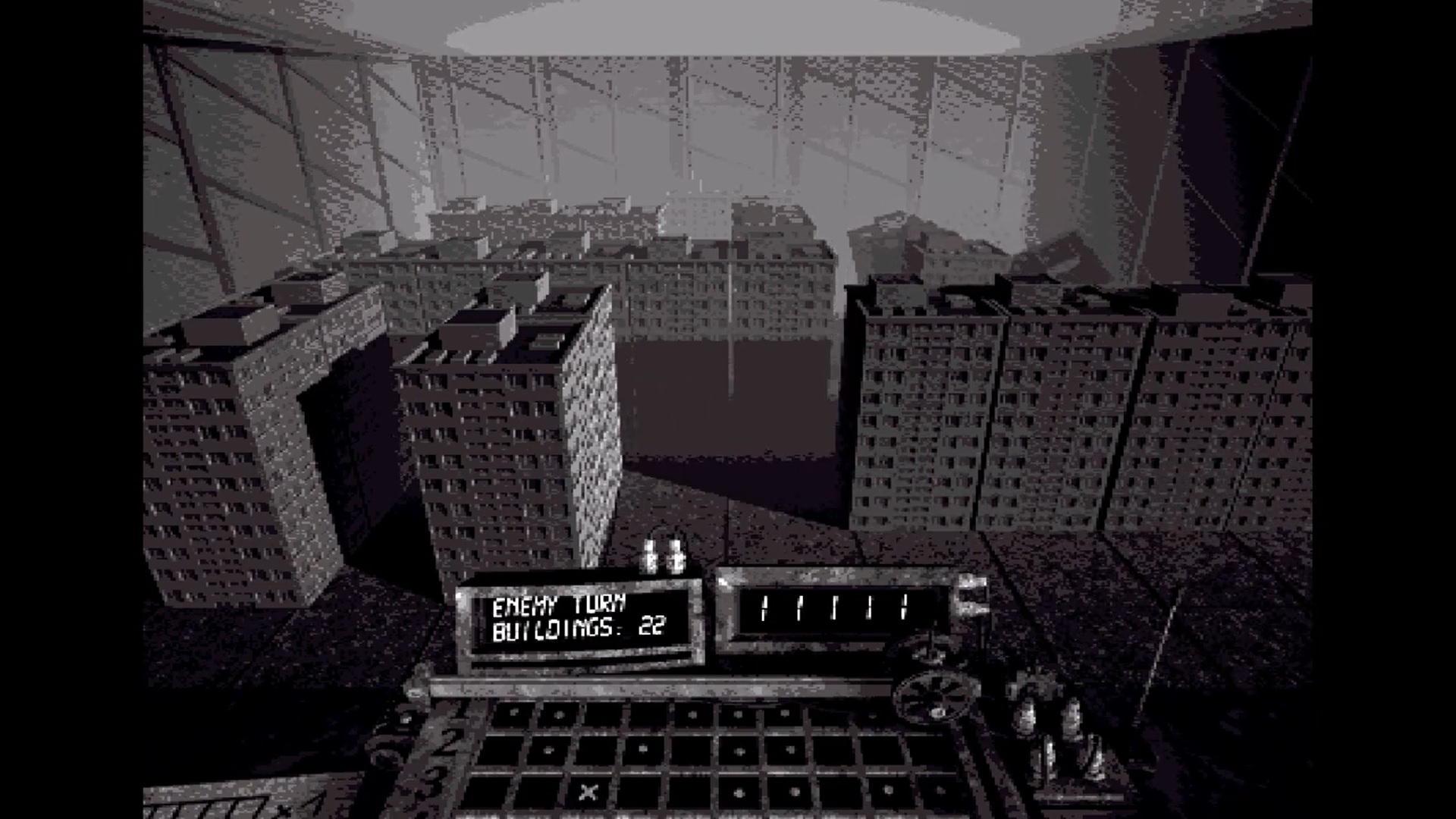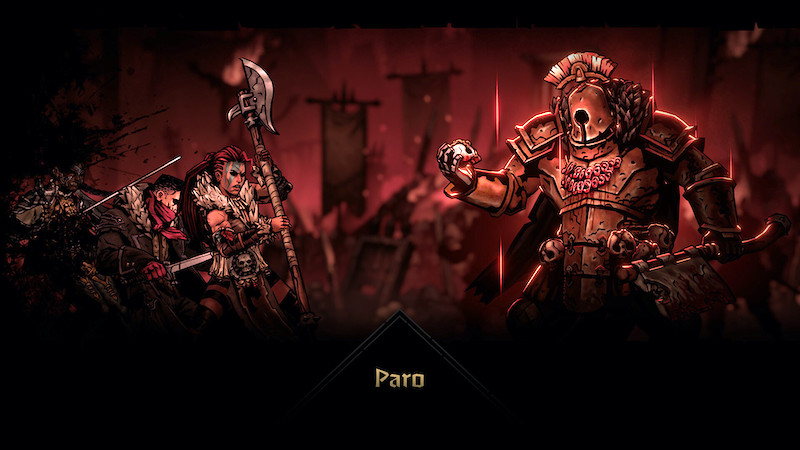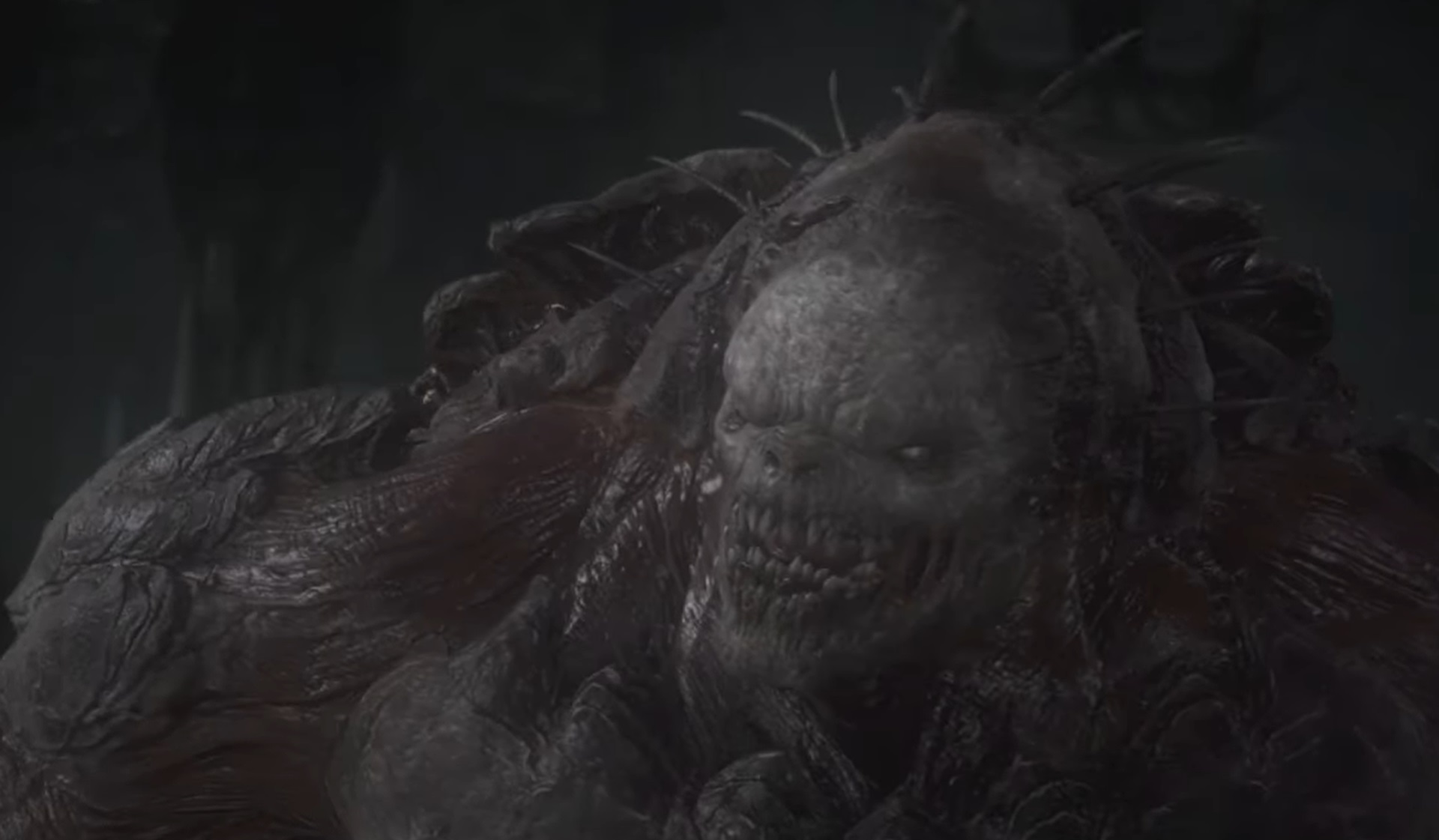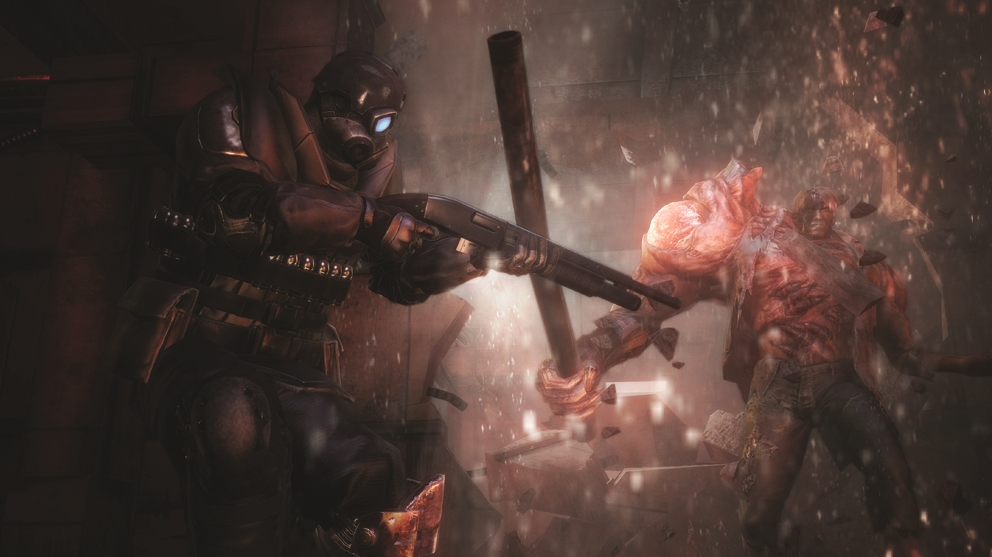
Concrete Tremor is a Chilling Exploration of Murderous Games
Concrete Tremor is an unsettling game (which you can find right here) about blowing up apartment blocks with the inhabitants still inside. However, it’s structured like the board game Battleship. Call out the right grid coordinate and a few hundred people die in falling rubble. It’s a disturbing idea, and one that made me really think about what I had once just considered a silly board game. It also got me thinking about the horrors we inflict on people in games and how we tell ourselves that those actions are okay, too.
CONTENT WARNING – SELF HARM, MASS DEATH
You’re some sort of prisoner in a gray, decaying building. At least, you seem to be trapped here. Thankfully there’s some people here with you that you can talk with. After discussing how the only thing they can see from their windows is more gray walls, you hear that someone got the roof hatch open. You can actually take a bit of a look outside, if you like. After marching through an array of similarly drab, bleak floors, you’ll end up on the roof. Here, you’ll look out at towers of girders reaching up all around you.
Your building seems like just one of many in an endless sea of lifeless concrete towers. The girders seem to imply even more are being built in Concrete Tremor, ceaseless dull gray reaching up into a dead sky. Not that you have long to ‘admire’ the view before your attention is drawn to a grid in front of you. A phone rings. An eerie voice tells you that’s there’s a hundred cells with twenty-five buildings spread among them. You get five shots per turn.

Looking out at these buildings that look exactly like the one I just walked out of, I felt a chill run through me. Each of these places had people living in them. I couldn’t tell you how many. I passed a lot of doors on the way up to the roof in my building. If each of those only housed a single person, how many people would that be? What if they had families? What if each room held a bunch of people? My mind raced with the possibilities. All of them were gut-wrenching. But it’s my turn to play.
If you’ve ever played Battleship, then you know how to play Concrete Tremor. There are several apartment blocks of different lengths in play. You’ve got one block that takes up five cells in a row, two with three or four in a row, and a bunch that are two cells large. You need to start guessing cell coordinates until you land a hit, and then see if you can hit nearby buildings until you take out a the full group of apartment buildings. And every hit, again, is on a structure full of people.
You don’t get to know the extent of the horror you cause. At least, not much of it. The game doesn’t fire off all of your shots as soon as you choose a cell and press the buttons. It’s only when all five have been chosen that you get a hint of the results. After you finish your picks, a machine marks X’s on your grid where you hit something. You hear the sound of distant explosions. It feels very detached from the chilling action you’ve just undertaken by pressing some buttons. Doing as you were told.

Concrete Tremor does an incredible job of focusing on that detachment from sowing death. You press a button and people die. Except it isn’t even that, because the deaths happen after a few moments. You don’t even make that instant connection between your action and the murders because there is a separation between them. It’s such a small disconnect, but combined with the distant explosions and the innocent grid in front of you, you can almost deny it. You can’t see people dying. You don’t hear the screams when you push a button. Maybe there’s not even anyone in those buildings. You don’t even technically see them fall, so did you even blow up anything? You just heard an exploding sound and that’s it.
But you know what you did, don’t you? You’ll get an idea on your turn when your opponent shoots back. Your foe is relentless in this game, and they’ll take out many of your buildings each turn. Well, except for one. On one turn, they’ll miss you completely. There’s another rule to this game where, if someone misses all of their shots, the opponent gets to make a phone call. I didn’t know what to expect of this. What good was a call? As it turns out, you get to call one of the apartment blocks on the other player’s side. You get to talk to the people you’re shooting at.
If you were in denial about your cruelty before, you won’t be after this call. A voice, higher pitched than what you’ve heard before, answers. You tell them you need to evacuate them. I felt, for a moment, that I was trying to help the other side. But then you tell them that you just need to know the coordinates of their building. Any chance you had of feeling innocent playing Concrete Tremor is gone, now. There’s still a distance to your actions, but its undeniable what you’re doing. How monstrous you are. You know there are people there. You’re even willing to trick them so you can kill more of them.

And you’ll likely keep playing. Maybe you’ll even target that specific spot the person just told you. The only alternative is to walk away and shut the game off. You’ll keep playing to see the end though, right? It’d be silly to shut the game off. No one is really getting hurt. It’s all just digital people. Even your own character will die by the end regardless of what you do. May as well see things through. You’re certainly not making your own excuses about playing a game about killing whole apartment blocks filled with people.
I’d never much considered this murderous side of Battleship before. It was just a game of guessing grid placements. However, each of those ships are filled with sailors, right? Not on the actual board you’re playing, but the act you’re simulating is a bit horrifying. You’re imagining yourself shooting at ships filled with living people. Folks with families they’d like to come home to. You’re just blasting them to pieces, leaving them to bleed out and drown in twisted, sinking steel. And we play it for fun. Maybe add a bit of drinking to make it really ridiculous.
Concrete Tremor gave me some disturbing thoughts about a childhood board game while also making me think of the ways we distance ourselves from our actions, in games and in life. How we can tell ourselves that we’re not really hurting anyone with some of the things we do. It wasn’t our fault because of intent or lack of foreknowledge or any other reason. How we absolve ourselves of guilt while killing living things in games. They’re just made-up game creatures. But it’s kind of disturbing on some level, isn’t it? Killing as a game? Just a little bit, if we think about it. Which is why we usually don’t.
But maybe, just maybe, something comes along and tries to make us think about it a little bit. And even I, to my horror, will try to excuse and stifle those thoughts. I’m not saying it makes you a terrible person to like killing things in games. But when I think about it, a tiny corner of my mind does wonder about the excuses I make for my own digital murder sprees.




